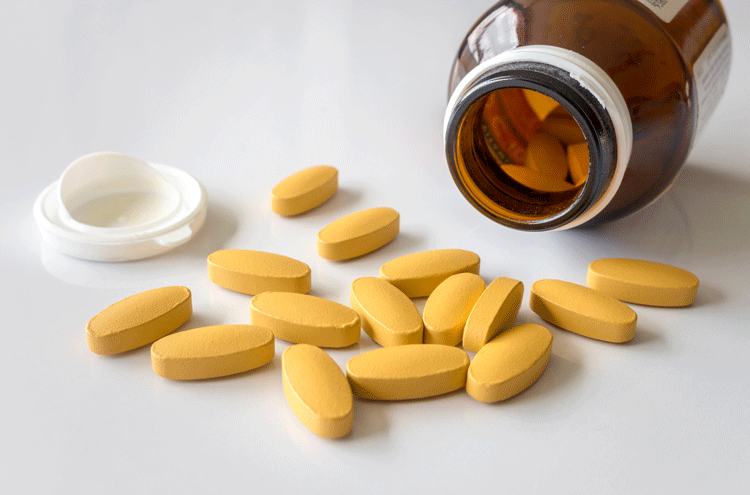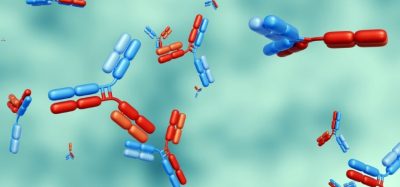Omadacycline similar to commonly-used antibiotics for treating pneumonia, skin infections
Posted: 7 February 2019 | Nikki Withers (European Pharmaceutical Review) | No comments yet
Findings of two phase III, double-blind, randomised clinical trials comparing omadacycline with standard antibiotics have been published in the New England Journal of Medicine


Results of two phase III, double-blind, randomised clinical trials found that omadacycline worked as well as standard antibiotics in treating patients with community-acquired pneumonia or skin infections.
Omadacycline was the second antibiotic of the tetracycline class to be approved by the Food and Drug Administration (FDA) in 2018.
“Omadacycline is the latest candidate with at least some promise for the treatment of infections caused by carbapenem-resistant Enterobacteriaceae and species of acinetobacter,” writes Henry F. Chambers from the Division of Infectious Diseases, Zuckerberg San Francisco General Hospital, University of California, San Francisco in an editorial published in the New England Journal of Medicine.
The first study, OPTIC (Omadacycline for Pneumonia Treatment in the Community), randomly assigned over 700 patients with community-acquired bacterial pneumonia (Pneumonia Severity Index risk class II, III, or IV) to receive omadacycline (100 mg intravenously every 12 hours for two doses, then 100 mg intravenously every 24 hours), or moxifloxacin (400 mg intravenously every 24 hours).
A transition to oral omadacycline (300 mg every 24 hours) or moxifloxacin (400 mg every 24 hours), respectively, was allowed after three days and the total treatment duration was 7 to 14 days.
The intention-to-treat population included 386 patients in the omadacycline group and 388 patients in the moxifloxacin group.
The researchers reported that omadacycline was noninferior to moxifloxacin for the primary end point of early clinical response, defined as survival with improvement in at least two of four symptoms (cough, sputum production, pleuritic chest pain, and dyspnea) and no worsening of symptoms at 72 to 120 hours, without receipt of rescue antibacterial therapy.
In the second study – OASIS-1 (Omadacycline in Acute Skin and Skin Structure Infections Study) – the researchers randomly assigned adults with acute bacterial skin and skin-structure infections to receive omadacycline (100 mg given intravenously every 12 hours for two doses, then 100 mg given intravenously every 24 hours) or linezolid (600 mg given intravenously every 12 hours).
A transition to oral omadacycline (300 mg every 24 hours) or oral linezolid (600 mg every 12 hours) was allowed after three days, with a total treatment duration of 7 to 14 days.
The researchers report that omadacycline (316 patients) was noninferior to linezolid (311 patients) with respect to early clinical response at 48 to 72 hours (defined as survival with a reduction in lesion size of at least 20 percent without rescue antibacterial therapy.)
“Each was a noninferiority trial with a noninferiority margin of 10 percentage points and 90 percent and 80 percent power, respectively, for the comparison of omadacycline with linezolid for acute bacterial skin and skin-structure infections and the comparison of omadacycline with moxifloxacin for community-acquired bacterial pneumonia,” writes Chambers.
“Previous antibacterial therapy was an exclusion criterion in the trial involving acute bacterial skin and skin-structure infections and was limited to 25 percent of the patients in the trial involving community-acquired bacterial pneumonia, which gives confidence in the conclusions that omadacycline had a meaningful treatment effect and that it was similar in efficacy to standard-of-care agents for these infections.”









